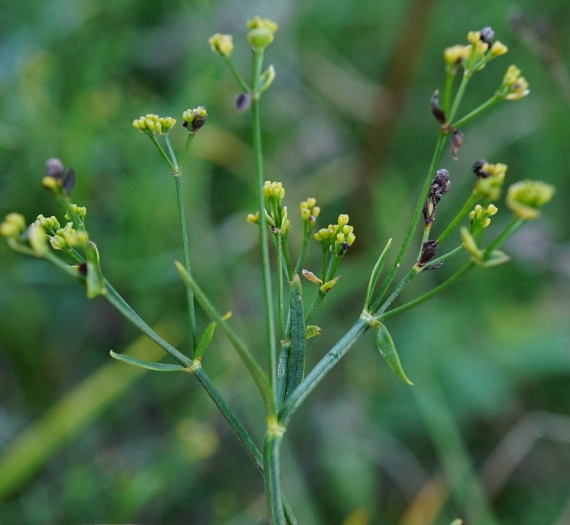Dyer’s Woodruff
(Asperula tinctoria)
Dyer’s Woodruff (Asperula tinctoria)
/
/

Patrick Hacker
CC BY 4.0
Image By:
Patrick Hacker
Recorded By:
Copyright:
CC BY 4.0
Copyright Notice:
Photo by: Patrick Hacker | License Type: CC BY 4.0 | License URL: http://creativecommons.org/licenses/by/4.0/ | Rights Holder: Patrick Hacker | Publisher: iNaturalist | Date Created: 2021-10-04T17:08:46-07:00 |



























Estimated Native Range
Summary
Asperula tinctoria, commonly known as Dyer’s Woodruff, is a perennial herb native to a range of habitats including open woodlands, grasslands, and forest edges in northern and central Europe, from France to Russia and Western Siberia. It typically grows to a height of 10-50 cm and has a spreading habit. Dyer’s Woodruff features small, lanceolate leaves arranged in whorls and tiny, fragrant white flowers that bloom in late spring to early summer. The flowers are not particularly showy, but they do attract pollinators. The roots, historically used to produce a red dye, are less productive than those of the madder plant.
Dyer’s Woodruff is appreciated for its historical significance in textile dyeing and is sometimes cultivated in herb gardens for this reason. It is also valued for its sweet-smelling foliage and flowers, which can be used to scent linens and clothing. This plant prefers partial shade to full sun and thrives in well-drained, loamy soils. It requires moderate watering and can tolerate dry conditions once established. While not commonly afflicted by diseases, it can suffer from root rot if overwatered or planted in poorly drained soils. Dyer’s Woodruff is not known for being invasive and can be a charming addition to a traditional herb garden or naturalized area.CC BY-SA 4.0
Dyer’s Woodruff is appreciated for its historical significance in textile dyeing and is sometimes cultivated in herb gardens for this reason. It is also valued for its sweet-smelling foliage and flowers, which can be used to scent linens and clothing. This plant prefers partial shade to full sun and thrives in well-drained, loamy soils. It requires moderate watering and can tolerate dry conditions once established. While not commonly afflicted by diseases, it can suffer from root rot if overwatered or planted in poorly drained soils. Dyer’s Woodruff is not known for being invasive and can be a charming addition to a traditional herb garden or naturalized area.CC BY-SA 4.0
Plant Description
- Plant Type: Herb
- Height: 1.5-2 feet
- Width: 1-1.5 feet
- Growth Rate: Moderate
- Flower Color: Yellow
- Flowering Season: Summer
- Leaf Retention: Deciduous
Growth Requirements
- Sun: Full Sun, Part Shade
- Water: Medium
- Drainage: Medium
Common Uses
Border Plant, Low Maintenance, Potted Plant
Natural Habitat
Native to open woodlands, grasslands, and forest edges in northern and central Europe
Other Names
Common Names: Yellow Woodruff
Scientific Names: , Asperula tinctoria, Asperula hungarorum, Asterophyllum tinctorium, Cynanchica tinctoria, Galium tinctorium, Galium triandrum,
GBIF Accepted Name: